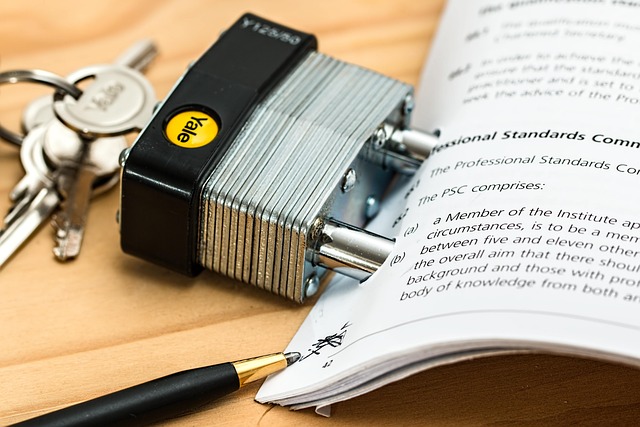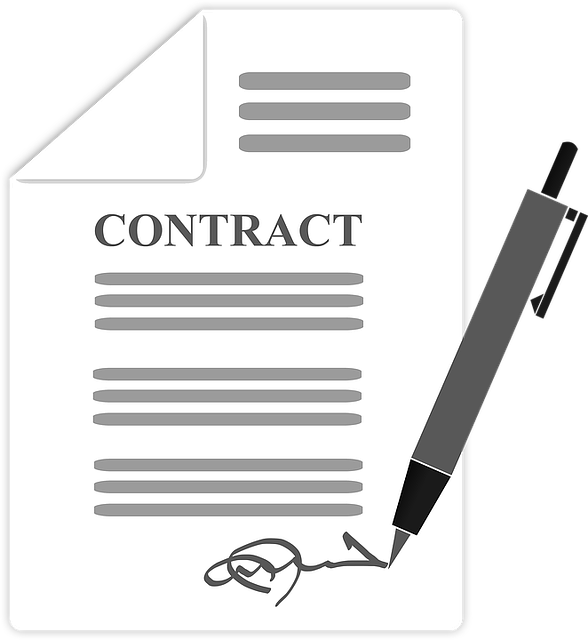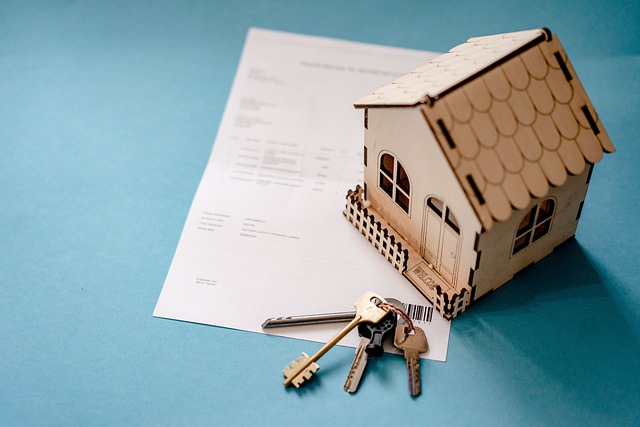Understanding lease terms is essential for students to navigate student rental agreements smoothly. Lease terms explained in contracts cover key aspects like rent payments, security deposits, and lease periods (fixed-term or monthly). A student lease guide should demystify these terms, including subletting rules, maintenance responsibilities, and termination processes. Students should carefully review rental contracts, seeking clarification when needed, to ensure a positive living experience during their studies.
“Navigating the world of student rentals? This comprehensive guide is your key to demystifying the process. From ‘lease terms explained’ to understanding diverse ‘student rental agreements’, we break down essential concepts for informed decisions. Learn about critical ‘lease clauses’ specifically tailored for students and how to spot red flags in ‘rental contract terms’. Empower yourself with knowledge on lease amendments, dispute resolution, and more – ensuring a smooth and secure student housing experience.”
- Lease Terms Explained: Key Definitions and Concepts
- Student Rental Agreements: Types and Differences
- Understanding Lease Clauses Essential for Students
- Rental Contract Terms: What to Look Out For Before Signing
- Lease Amendments and Changes: Your Rights as a Tenant
- Resolving Disputes: Navigating Common Issues in Student Leases
Lease Terms Explained: Key Definitions and Concepts

When it comes to student rental agreements, understanding lease terms is crucial for a smooth and stress-free living experience. Lease terms explained in simple language can help students navigate their rights and responsibilities as tenants. Key definitions include concepts like lease period, rent amount, payment due dates, security deposit, and any specific clauses related to maintenance, subletting, or pet policies.
Knowing these rental contract terms is essential for students who are new to leasing. A student lease guide should cover common lease clauses, ensuring that both parties—the landlord and tenant—understand their obligations. This includes details on how and when to handle repairs, the process of ending a lease early, and any restrictions or additional fees associated with modifications to the rental property. Understanding leases empowers students to make informed decisions about their housing choices.
Student Rental Agreements: Types and Differences

Student Rental Agreements: Types and Differences
When it comes to finding accommodation during their studies, students often come across various types of rental agreements tailored to their needs. Understanding these student rental agreements is a crucial step in ensuring a smooth living experience. The most common types include fixed-term leases, where the tenancy begins and ends on specific dates, offering predictability for both tenants and landlords. On the other hand, monthly or rolling contracts provide more flexibility, allowing students to extend their stay without committing to a long-term lease.
Each type of student rental agreement has its unique set of lease terms explained, with varying levels of commitment required from tenants. Fixed-term agreements typically have clear-cut start and end dates, while monthly leases may include options for automatic renewal or termination based on specific notice periods. It’s essential for students to read through the entire rental contract terms, paying close attention to lease clauses students might find relevant, such as subletting rules, maintenance responsibilities, and deposit policies. A comprehensive student lease guide can help demystify these agreements and ensure a mutually beneficial arrangement.
Understanding Lease Clauses Essential for Students

When it comes to student rental agreements, understanding lease clauses is paramount. Students often find themselves signing contracts with various terms and conditions that can significantly impact their living situation. A comprehensive student lease guide should demystify these key elements. Familiarizing yourself with lease terms explained in your rental contract is essential for ensuring a positive experience as a tenant.
Pay close attention to provisions regarding rent payment schedules, late fees, security deposits, and duration of stay. These rental contract terms can vary widely between properties and locations. Knowing your rights and responsibilities under the lease clauses will empower students to navigate their living arrangements with confidence, fostering a healthier relationship with their landlords or property management companies.
Rental Contract Terms: What to Look Out For Before Signing

Before signing any student rental agreement, it’s crucial to understand the rental contract terms. Lease terms explained in clear, concise language should be your first priority. Review every clause carefully, paying special attention to the duration of the lease, rent payment due dates, and any additional fees or charges. Look out for provisions regarding maintenance responsibilities, subletting restrictions, and termination policies – these are key aspects that can significantly impact your living situation.
Student lease guide often includes important protections for both tenants and landlords. Be sure to identify clauses that outline the process for resolving disputes, handling damage deposits, and communicating any changes to the property. Understanding leases is a vital step in ensuring you know your rights and responsibilities as a tenant. By familiarizing yourself with these rental contract terms, you can make an informed decision and avoid unexpected challenges during your tenancy.
Lease Amendments and Changes: Your Rights as a Tenant

When signing a student rental agreement, it’s crucial to understand that lease terms explained clearly outline the rights and responsibilities of both tenants and landlords. As a tenant, you have certain protections and privileges, especially when dealing with lease amendments. Changes to your rental contract can be initiated by either party, but these modifications should always be in writing to avoid any disputes later on. This written communication ensures that all parties are aware of the updated lease clauses students may encounter, such as changes in rent amount, move-in/move-out dates, or even pet policies.
In the case of unexpected situations, like a change in your academic schedule or personal circumstances, understanding leases allows you to negotiate and amend specific terms. It’s important to review these documents thoroughly and seek clarification from your landlord or property manager if needed. Knowing your rights and responsibilities under a student rental agreement can help foster a positive relationship with your landlord and ensure a smooth living experience throughout your studies.
Resolving Disputes: Navigating Common Issues in Student Leases

Resolving disputes is a common aspect of student rentals, where both parties—the landlord and tenant—may have differing opinions on lease terms explained. Student rental agreements can often be complex, with various clauses covering topics like rent payments, maintenance responsibilities, and subletting rules. Understanding these lease clauses students frequently encounter is crucial for navigating potential issues. For instance, miscommunications regarding rent due dates or unexpected repair needs might arise, requiring clear communication channels to resolve.
A comprehensive student lease guide should outline procedures for addressing such conflicts. Landlords and tenants should be familiar with their rights and responsibilities within the rental contract terms. Many disputes can be proactively avoided by reviewing and discussing these terms before signing. Regular check-ins during the tenancy period can also help in swiftly identifying and resolving any issues, ensuring a harmonious living environment.






